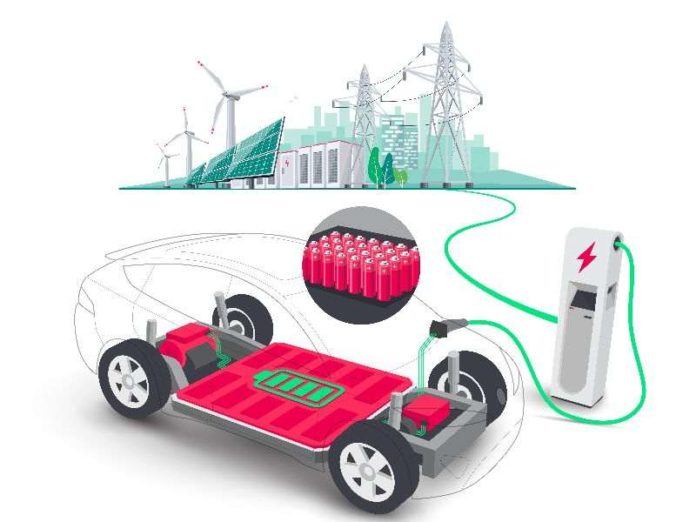
As more Americans decide to drive electric, state regulators and policymakers are addressing barriers to EV adoption, integration of EVs into the electricity system, and the equitable sharing of benefits among EV owners and other electricity customers. One of the most significant activities among state utility regulators is the development of EV-specific retail rates that reflect different objectives and design options.
In an effort to simplify the different ways to approach rate design, Berkeley Lab on August 4 released a technical brief that provides an introduction to designing EV retail electric rates. The Lab identified the following five policy-driven objectives that are used as the basis for EV retail rate design:
1. Promote EV adoption – The objective is to encourage and promote drivers to adopt EVs.
2. Grid management – The objective is to incentivise or control EV charging in response to utility grid needs at the bulk and/or distribution levels (e.g., reduce bulk power system peak demand, support local distribution network voltage).
3. System economic efficiency – The objective is to optimally charge and/or deploy EVs in a manner that minimises long-run marginal costs.
4. Decarbonisation – The objective is to charge EVs to reduce direct and indirect carbon emissions.
5. Equity – The objective is to equitably share the benefits of EVs across all customers.
The Lab said that when put into play, the rate objective will constrain the utility’s rate design choices and offered a few scenarios.
For example, a rate promoting EV adoption could limit rate design choices in terms of cost and simplicity in order for customers to make like-for-like comparisons between gasoline and electricity costs.
In contrast, if a utility wants to promote a rate that helps with EV grid management, that rate must reflect distribution and/or bulk power system conditions either via time-based and/or locational price or load signals, as well as submetering the EV charging.
EV rates for system economic efficiency are likely to have time-based differentiation on an hourly or sub-hourly basis and/or demand charges consistent with the time-based differentiation of marginal costs. Similarly, EV rates to achieve sectoral and/or economy-wide decarbonisation would be designed around marginal or average emissions rates and with differentiation consistent with the emissions type and location. Finally, designing rates for equitable EV deployment is based on choices that limit incremental costs, many of which are paid by all ratepayers, and manage potential electricity bill risk and volatility.
More than rates
There are a number of non-rate elements that can further achieve EV-related objectives, said the Lab. These include rebates or other incentive such as tax credits.
Programs that improve the customer economics for EVs can be targeted to low- and moderate-income customers, as well as programs that encourage adoption of used EVs, and further equity objectives, said the Lab.
Second, utilities may invest in charging networks, including public and home charging. A more robust charging network may address customer concerns about sufficient charging stations and utility investments could be targeted in multi-family dwellings and other locations that lack third-party charging networks, which is particularly important for ensuring equitable access to EV charging. Utilities may also invest in EV chargers with direct control and/or communication capabilities to better manage system demand.
Third, utility investments to appropriately size or modernise the distribution system can further enable new EV charging loads, especially from medium- and heavy-duty EVs.